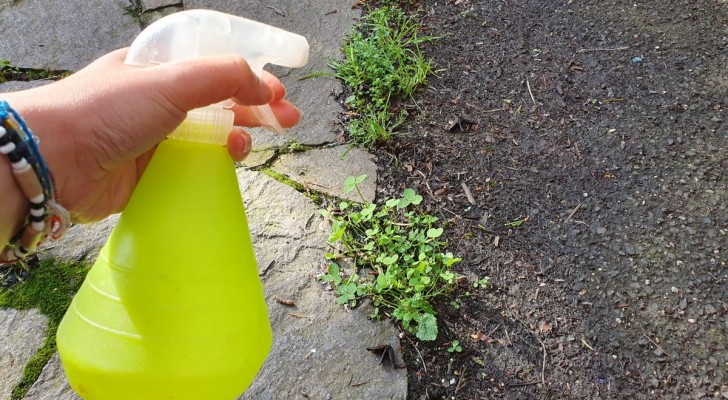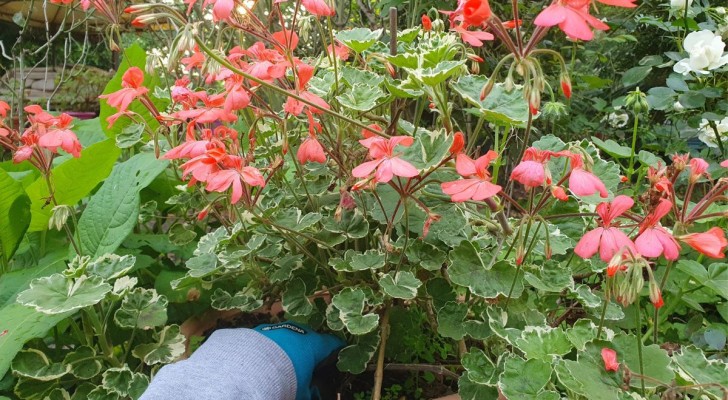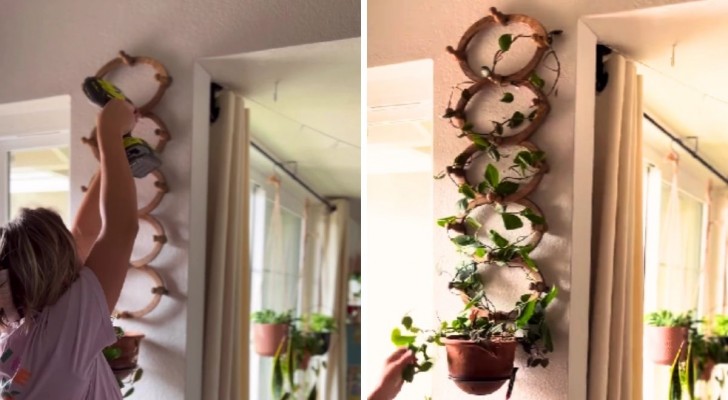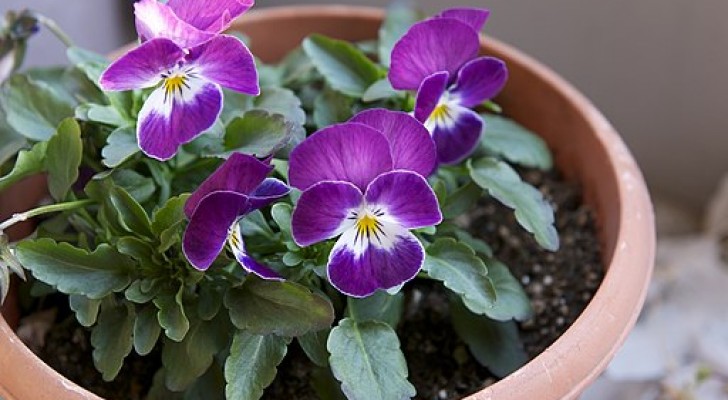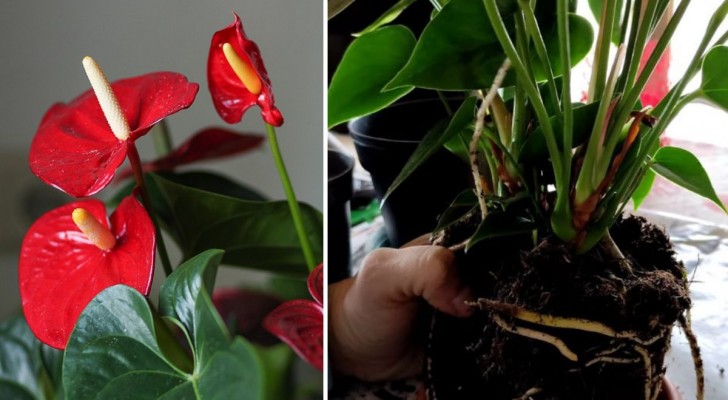Nails in the ground: do they really work to feed plants with iron? Find out how to give plants the iron they need
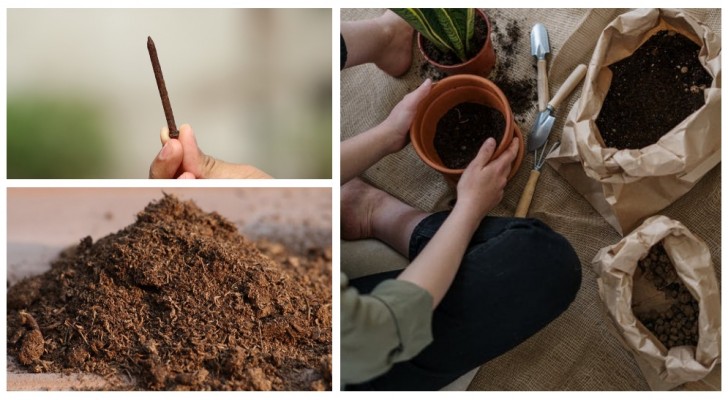
One of the longest-lived and most popular myths in the world of gardening is that burying rusty nails around plants contributes to enriching the soil with iron - an element plants certainly need and that in some cases, (if present in the right percentage), also determines the variations in the colors of the flowers. There are a thousand anecdotes, and even recipes according to which by inserting iron nails in a lemon will cause them to rust and then one will be able to extract the iron oxide that can then be used by the plants.
The problem with these theories is that iron oxide (rust) is a completely insoluble substance, so if it ends up in the soil there is no way that plants can "feed" on it. The nails, therefore, are of no use. So how do you go about correcting a lack of iron in the soil?

Pexels,Maxipixel, Wikimedia Commons
In reality it is very rare that plants are deficient in iron, but if you realize that there is a need to increase the percentage of this element in the soil, you should try to reduce the pH of the soil itself first. In fact, if that is alkaline (i.e. has pH higher than 7), the iron is probably present, but is chemically bound to the other particles in such a way that the plants cannot absorb it.
How do we know if the plants have an iron deficiency? When this happens, a fairly recognizable symptom occurs: the leaves turn yellow, except on the veins (it is the so-called ferric chlorosis).
So, to reduce the pH and make the soil a little more acidic you can:
- add sulfur (using specific products, such as certain fertilizers, which are rich in it);
- mix the soil with sphagnum (peat moss), which you buy in large bags in garden centers or online;
- spray a solution of iron sulphate directly on the leaves (it is packaged, and you will have to follow the doses indicated on the package, even reducing the recommended concentration);
- water the soil around the stem of the plant with an iron chelate solution (this too can be found in shops and what has been said above about iron sulphate also applies here).
Unfortunately, this is one of those cases in which the DIY remedy cannot help - but fortunately in the shops you can easily find the right "medicines" to get those plants back in shape!

